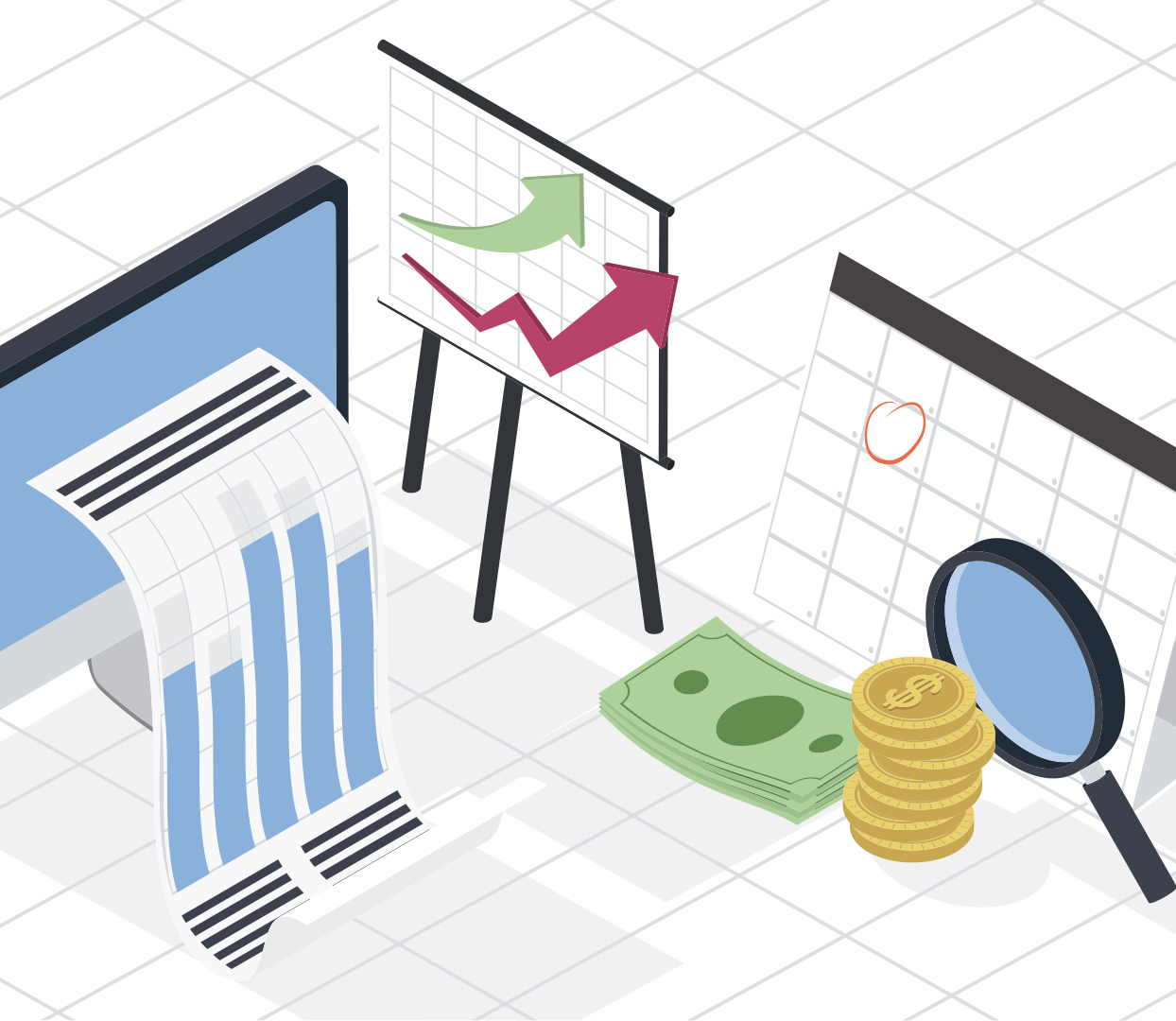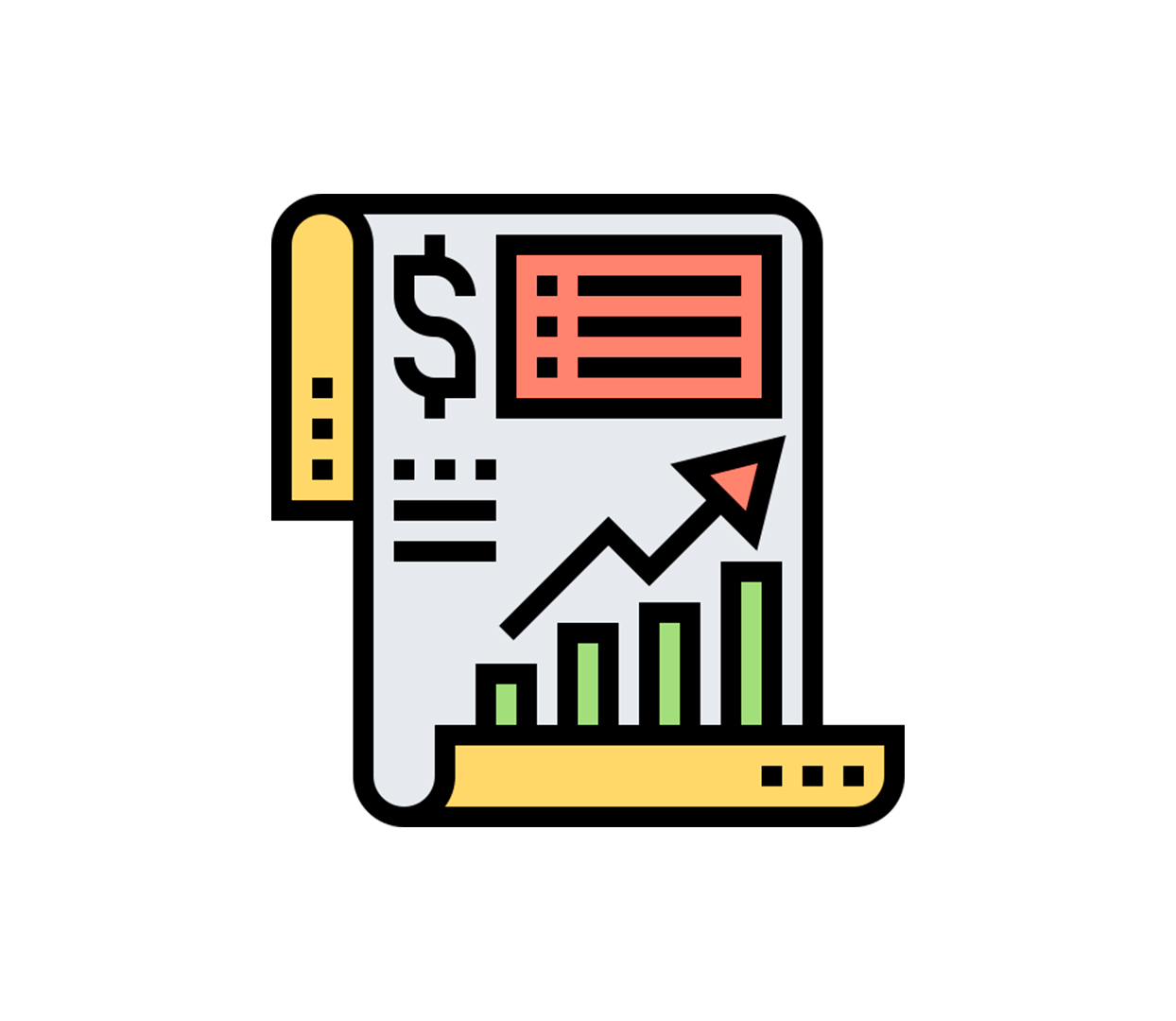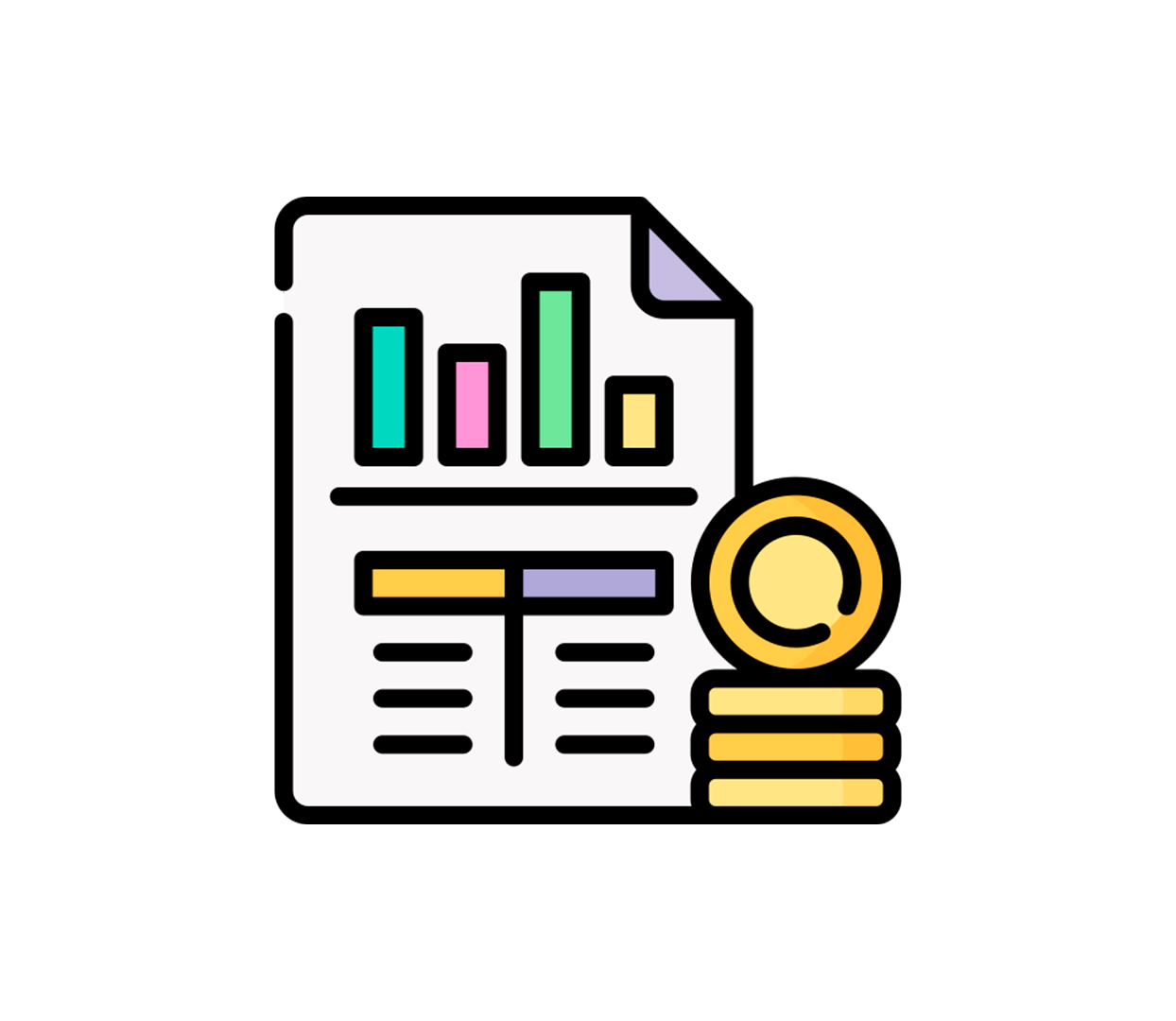Financial analysis is used to assess economic trends, formulate financial policies, develop long-term company goals, and find potential investment projects or firms. This is accomplished by combining financial numbers with data. A financial analyst will look at a company's financial accounts, including the income statement, balance sheet, and cash flow statement, in detail. Both corporate finance and investment finance can benefit from financial analysis.




